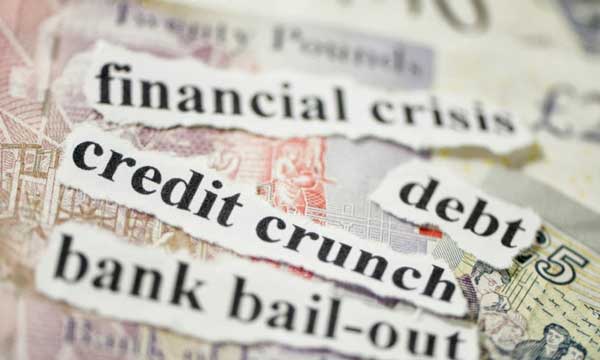The Global Financial Crisis and its Remedy
 Following the fall of Lehman Brothers in September 2008, an unprecedented taxpayer-financed bailout was implemented to save the banking industry from total collapse. Nevertheless, the ensuing credit crunch turned what was already a severe downturn into the worst recession in 80 years. While massive monetary and fiscal stimuli prevented a new depression, the recovery remains disappointingly weak and mired in uncertainty.
Following the fall of Lehman Brothers in September 2008, an unprecedented taxpayer-financed bailout was implemented to save the banking industry from total collapse. Nevertheless, the ensuing credit crunch turned what was already a severe downturn into the worst recession in 80 years. While massive monetary and fiscal stimuli prevented a new depression, the recovery remains disappointingly weak and mired in uncertainty.
In this special seminar, Andrew Mazzone explores viable alternatives to the banker bailout and speculative asset price prop-up approach also known as Quantitative Easing (QE). He proposes a Neo-Georgist model that would impose prudential constraints on fiat money creation by banks, and channel purchasing power away from real estate to stimulate new capital investment and sustainable job creation.
| Instructor: Andrew Mazzone |
|
Sessions: 1
|
| Dates: Wednesday, February 3, 2016 |
|
Time: 6:00 PM – 8:00 PM
|
|
Location: Brooklyn Borough Hall |


